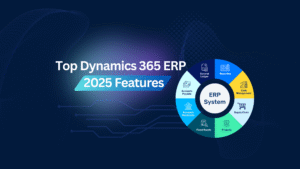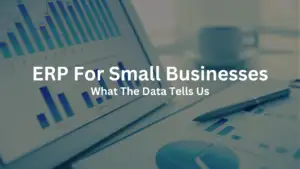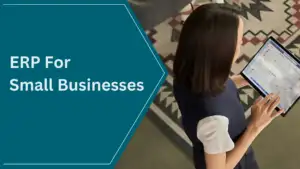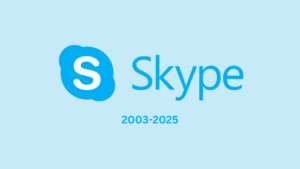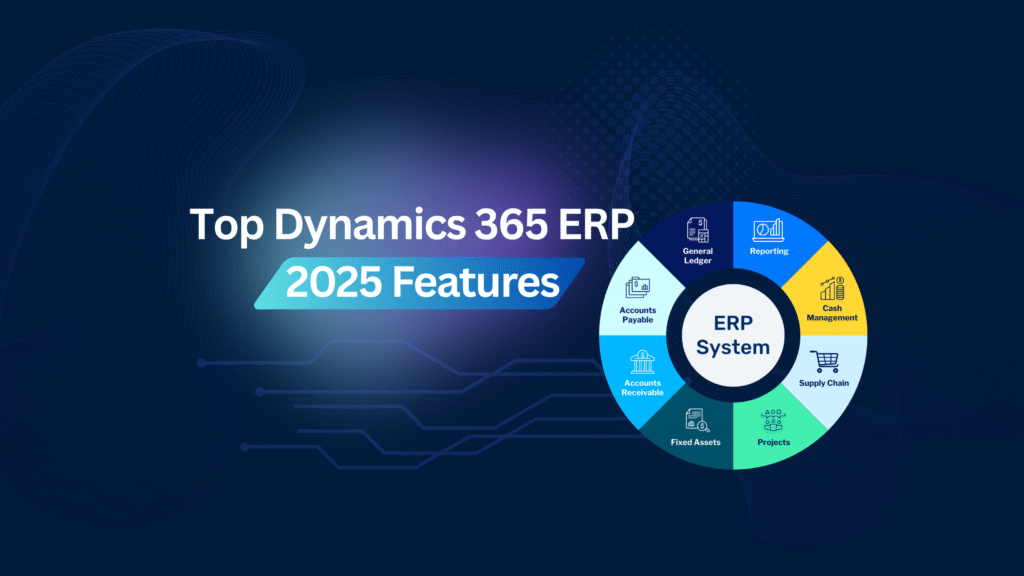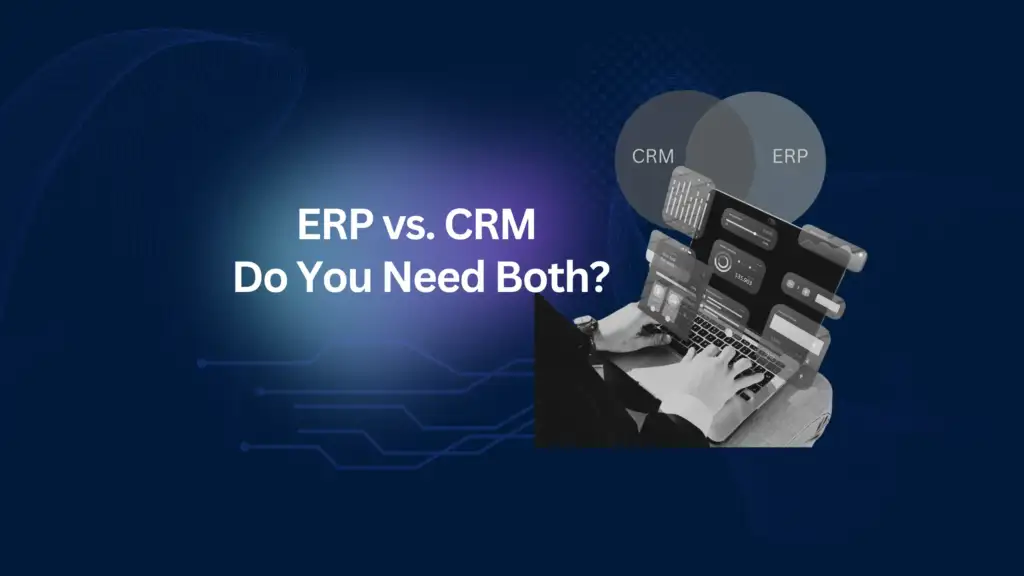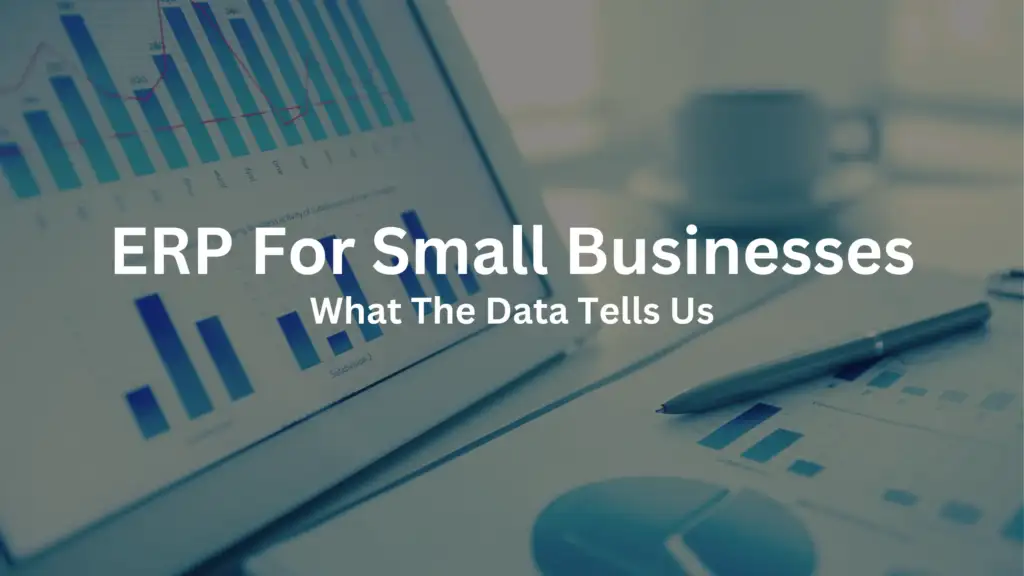Nikoo Samadi
ERP is the backbone of your business processes. That’s why choosing the right provider is such an important decision.
From finance and inventory to sales and customer service, an ERP system supports everything behind the scenes. Replacing or upgrading one isn’t just a tech decision, it’s a business transformation.
But with so many providers out there and even more promises flying around, it’s easy to feel overwhelmed. How do you know which one is right for your business?
That’s where a clear, focused ERP evaluation checklist comes in. One that helps you look beyond the surface features and evaluate what really matters: functionality, transparency, long-term scalability, and support you can count on.
Why an ERP Evaluation Checklist Matters
ERP systems affect your entire business. They handle core operations like finance, inventory, and customer data. Choosing the wrong one can slow you down and cost more over time.
A structured ERP evaluation keeps the process clear. It helps you focus on what your business needs, not what the vendor wants to sell.
With a proper checklist, you:
- Ask the right questions
- Catch hidden costs
- Compare options based on your goals
It’s a simple tool, but a powerful one. It helps you make a smart, steady decision.
1. Core Features and Functionality
Start with the basics. The ERP system should cover your essential processes such as finance, inventory, sales, purchasing, and customer management. If it misses even one, that’s a red flag.
Ask yourself:
- Does it support how we work today?
- Can it handle the volume and complexity of our operations?
- Is it easy for our team to learn and use?
If your business has specific needs, like project accounting, manufacturing, or warehouse management, make sure the system supports those out of the box or with minimal setup.
Also check for:
- Integration with your existing tools (like Excel or Outlook)
- A clean, user-friendly interface
- Mobile access, if your team works on the go
You want a system that fits, not one you have to work around.
2. Deployment Options
ERP systems come in different forms: cloud-based, on-premise, or hybrid. The right choice depends on your team, your budget, and how much control you want.
Cloud ERP runs online. You don’t need to buy servers or manage updates. It’s handled by the provider. It works well for teams that need remote access or want to scale without extra hardware.
On-premise ERP is hosted on your own servers. You get more control over data and setup, but you also take on more responsibility for maintenance and security.
Hybrid options combine the two. Some data stays on-site; some runs in the cloud. This can be a good middle ground for companies with strict data rules or limited internet access.
Ask:
- Do we have the team to manage on-premise systems?
- How often will we need access from outside the office?
- What’s our comfort level with cloud security?
The goal is to choose a setup that fits your structure—not force your structure to fit the software.
3. Total Cost of Ownership
ERP pricing can be confusing. The headline number is rarely the full story.
Start with the basics: licensing or subscription fees. Then dig deeper. Ask about implementation, training, support, and upgrades. Will you need a consultant? Is custom development required? Those costs add up fast.
Don’t forget hardware if you’re considering an on-premise system. Servers, backups, and IT support all count.
Also ask:
- Are we paying per user or per module?
- How are future upgrades priced?
- What happens if we outgrow the current plan?
Choose an ERP that fits your budget now but also one you can afford to grow with later.
4. Scalability and Growth Potential
Your business won’t stay the same size forever. Your ERP shouldn’t either.
Maybe you’ll expand your product line, open new branches, or move into international markets. When that happens, your ERP system needs to keep up without slowing you down or needing a full replacement.
Here’s what to check:
- Can you add more users without a hassle?
- Does it support multiple currencies or languages?
- Can it handle more data and transactions as you grow?
As part of your ERP evaluation, don’t just think about the features you need today, think about the ones you’ll need tomorrow, too.
Take the Next Step Toward the Right ERP Solution
Book a free consultation with our experts and get personalized guidance based on your business goals, needs, and budget.
5. Security and Compliance
An ERP system handles sensitive data. That makes security and compliance essential.
Ask the vendor how they protect information. Look for encryption, access controls, and regular backups. If it’s a cloud solution, find out where your data is stored and how it’s managed.
You’ll also need to check compliance. Your industry may have rules you need to follow, like GDPR, HIPAA, or local tax regulations. A reliable system should help you meet those requirements without extra effort.
Questions to ask:
- Who controls access to sensitive data?
- What security certifications does the vendor hold?
- How does the system help us stay compliant?
6. Customization and Flexibility
No two businesses work the same way. Your ERP should adapt to your needs, not the other way around.
Some systems let you improve workflows, forms, and dashboards. Others might require more effort or third-party help, even if the changes are basic, such as renaming a field or adjusting the steps in a sales approval process.
Customization is useful, but it comes with limits. Too much of it can make upgrades difficult in the future. It’s like adding so many filters to a photo that you lose the original image underneath.
So aim for balance: enough flexibility to support your process, without turning the system into a patchwork.
Ask:
- Can we customize fields, workflows, or reports?
- Will updates overwrite custom changes?
- Do we need a developer to make simple edits?
The best ERP gives you room to grow without locking you into complex workarounds.
7. Ease of Use and User Training
Your ERP should be user-friendly enough that your team doesn’t need weeks of training to get started. The easier it is to use, the faster everyone can adapt, and the happier your team will be.
Training is another important factor. Even the best ERP systems need some onboarding. Does the vendor offer easy-to-follow training materials? Are they available for all your key users?
You don’t want to get stuck because your team doesn’t understand how to use the system.
Ask:
- Is the interface simple and intuitive?
- Does the system include built-in help or guides?
- Are there training materials or sessions for our team?
The easier the ERP is to use, the smoother the transition will be for your business.
8. Integration Capabilities
An ERP system shouldn’t work in isolation. It needs to connect with the other tools and systems you already use, whether that’s your CRM, accounting software, or eCommerce platform.
Look for a system that supports easy integrations with your current software. The more seamless the connections, the less time you’ll spend manually transferring data between systems.
Ask:
- Does the ERP support integrations with our existing tools?
- How easy is it to connect the system to other software?
- Are there pre-built connectors or APIs available?
Without good integration, you’ll create silos in your business, and that defeats the purpose of having an ERP system in the first place.
Final Thoughts
Selecting the right ERP provider goes beyond the value of features and pricing. It’s about finding a solution that aligns with your unique business needs, supports growth, and simplifies your day-to-day operations.
This ERP evaluation checklist can guide you toward a decision that truly fits your business. The right ERP system will make a meaningful difference in reaching your long-term goals.

